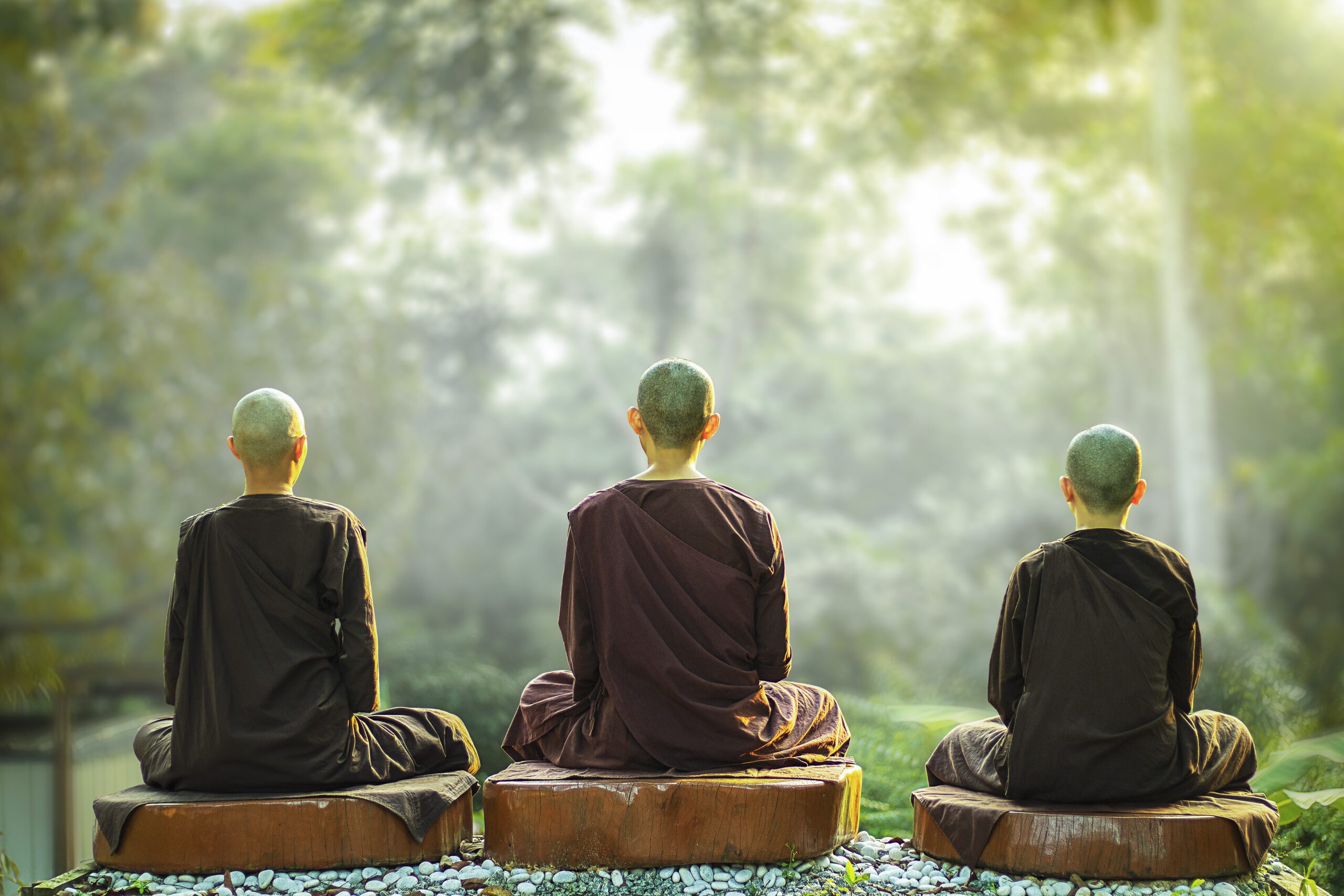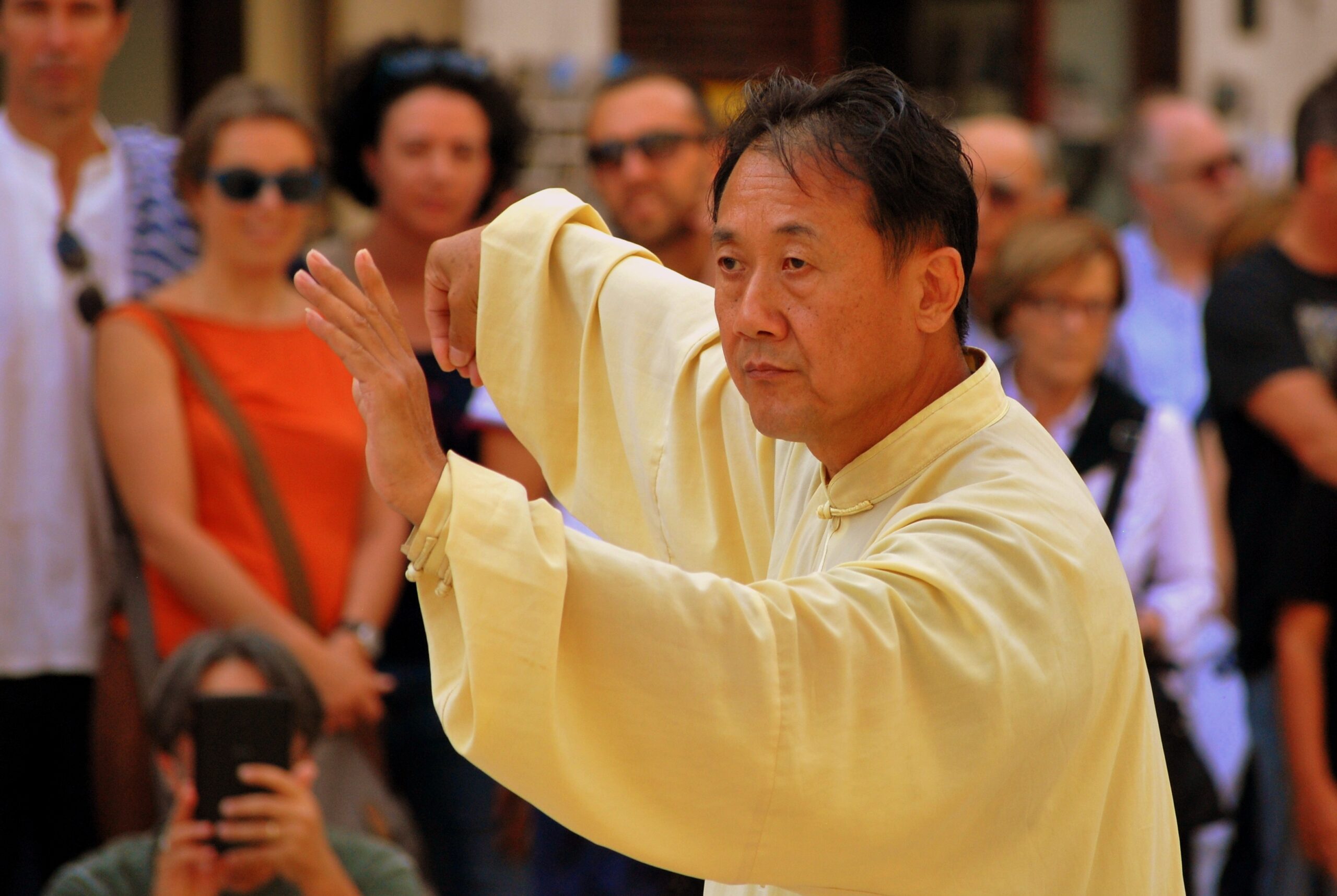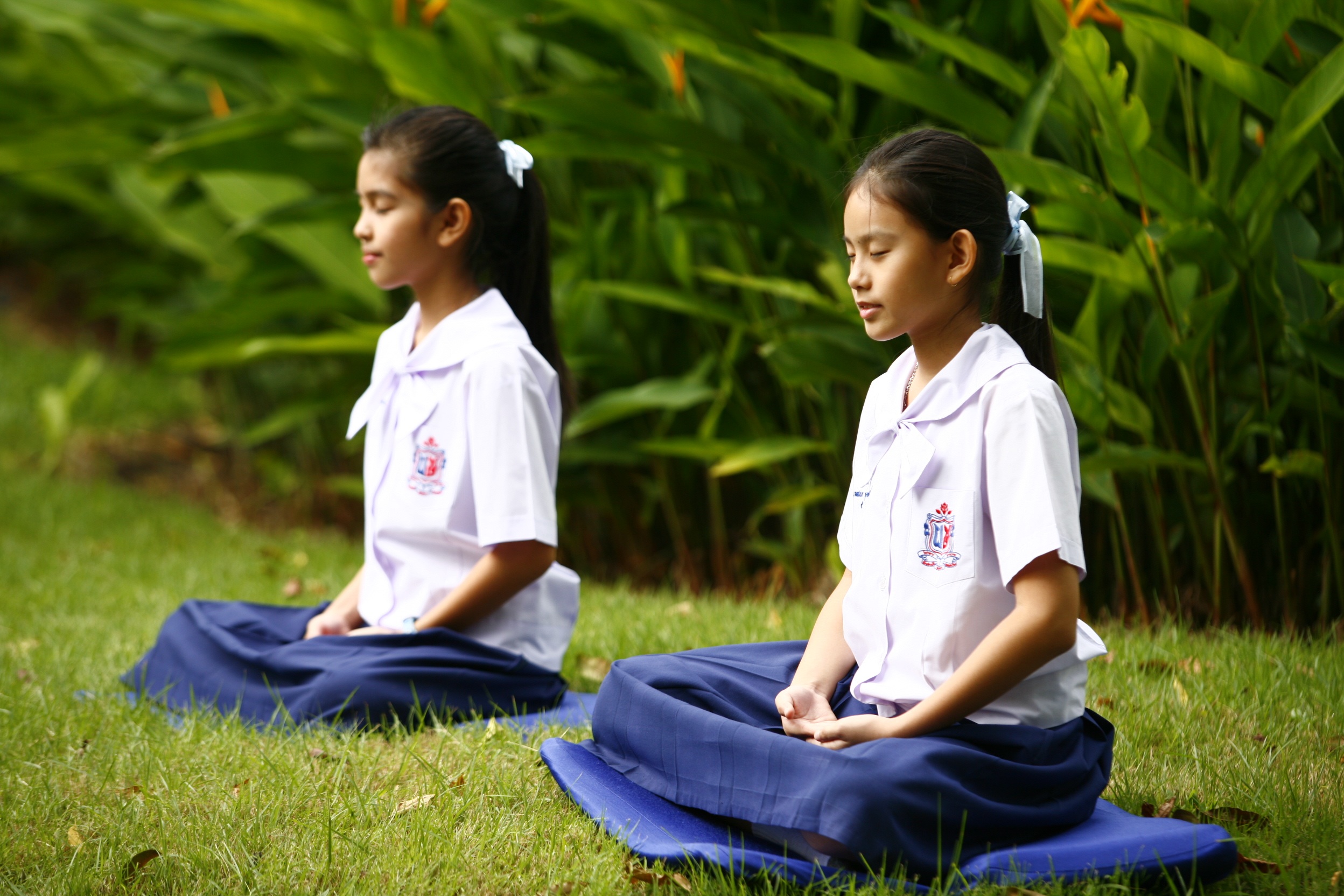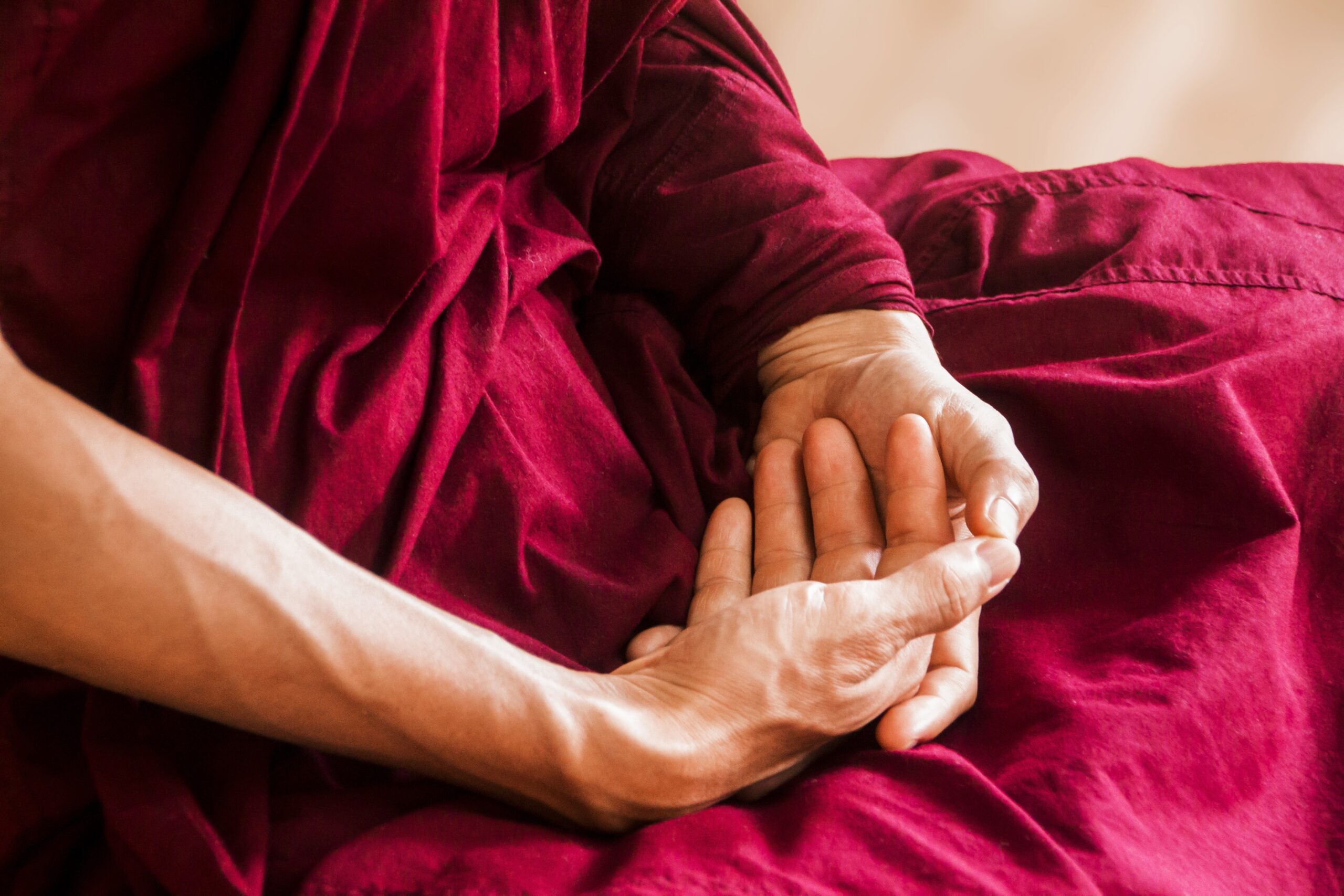Qigong Impacted by Taoism & Buddhism
Followers of Taoism and Buddhism promoted a deeper understanding of chi circulation and development of more efficient qigong (a.k.a. chi kung) exercises in their search for immortality. Thus religion earmarked the second period of major development, dated between 206 B.C. and 502 A.D. during the Han through to the beginning of the Liang dynastic reign.
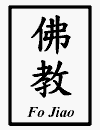 The Han Dynasty was singularly peaceful, its emperor was Buddhist and therefore influential in the building of temples, research into Buddhist practices and the spreading of religious doctrine. Thus, many meditation and qigong (a.k.a. chi kung) techniques practiced in Buddhism that originated in India gradually made its way into Chinese culture.
The Han Dynasty was singularly peaceful, its emperor was Buddhist and therefore influential in the building of temples, research into Buddhist practices and the spreading of religious doctrine. Thus, many meditation and qigong (a.k.a. chi kung) techniques practiced in Buddhism that originated in India gradually made its way into Chinese culture.
Qigong and other yogic practices that had deep roots in India were just being introduced into China for the first time. Because many of the practices in Buddhism were taught for the purpose of reaching Buddhahood, these religious qigong practices were kept secret and taught only to reclusive Buddhist ascetics in monastic isolation.
Up until now Taoism was essentially a philosophy that had very little to do with religious beliefs. However, not long after Buddhism was brought over from India to China, Taoist recluse Zhang Dao-Ling combined traditional Taoist principles with Buddhist teachings and created the religious Taoism, now known as Dao Jiao.
Like other Taoists, Zhang Dao-Ling promised physical immortality through meditation and other qigong practices, but unlike others, he stressed the importance of religious aspects, including the many meditation practices and principles that were borrowed from both Buddhist and Taoist sources.Taoism as a religion quickly took hold and made its own impact on qigong practices.
Another influence on qigong was the Tibetan branch of Buddhism. It had its own training system and methods of attaining Buddhahood. When Tibetan priests were invited to China to preach their branch of religion, their yogic practices were also absorbed into qigong methods.
Secular Versus Religious Qigong Influences
Besides Buddhist and Taoist impact on qigong, secular scholars and medical practitioners continued their research into maintaining and improving health.
Sometime around the third or fourth century A.D., a manual called the Taiqing Zhenren Luming Jue (Methods of a Longevity for Persons of Greatest Virtue) was published. In it were qigong techniques that emphasized visualization of cun wu shou (Five Beasts) representing spirits of the body. Visualizing these beasts traveling through the viscera was a method for circulating and improving the flow of chi.
Two other manuals also surfaced at this time: the Xian Dao Jing (Exposition of the Tao), and the Taiqing Daoyin Yangsheng Jing (Treatise of Great Purity on Gymnastics and Nurturing Vitality). The first manual taught techniques that emphasized fasting as a way to promote health and extend life.
The second manuscript consisted of a set of gymnastic and breathing techniques, including those belonging to the Taoist religion, and schools of so-called immortals of antiquity: Chi Song, Ning Feng , Peng Zi and Wang Qiao.
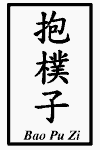 Dated just before 255 A.D. is also the Taishang Huangting Waijing Yujing (Precious Book of the External Landscape of the Yellow Court). Considered the original text of Huangting Jing (Scripture of the Yellow Court) it describes human physiology as housing internal
Dated just before 255 A.D. is also the Taishang Huangting Waijing Yujing (Precious Book of the External Landscape of the Yellow Court). Considered the original text of Huangting Jing (Scripture of the Yellow Court) it describes human physiology as housing internal
divinities according to prevailing Taoist beliefs, as well as internal alchemy movements through meditation and breathing techniques.
One of the more famous physicians in Chinese medicine is Ge Hong, who
wrote a book called Bao Pu Tzu (The Master Who Embraces the Simplicity). In it, he outlines Taoist alchemic methods for using the mind to guide and increase chi circulation.
Between 420 and 581 A.D. Tao Hong-Jing describes many qigong techniques in his book Yang Xing Yan Ming Lu (Records of Nourishing the Body and Extending Life), including the popular Liu Qi Jue (Six Therapeutic Breaths techniques) that is still practiced today.
However, in spite of secular developments, which were more widespread and better known to the public, religious qigong advanced far more deeply in techniques that focused on much more than bodily health.
Buddhist and Taoist hermits and monks trained more intensively and were able to circulate their chi at a much deeper level. Although their goal was to ultimately merge their minds and spirits to escape from the cycle of reincarnation, in the process they were able to master many of the internal bodily functions and optimize physical as well as mental health.
Thus was qigong development deeply affected by Buddhism and Taoism at this time.
